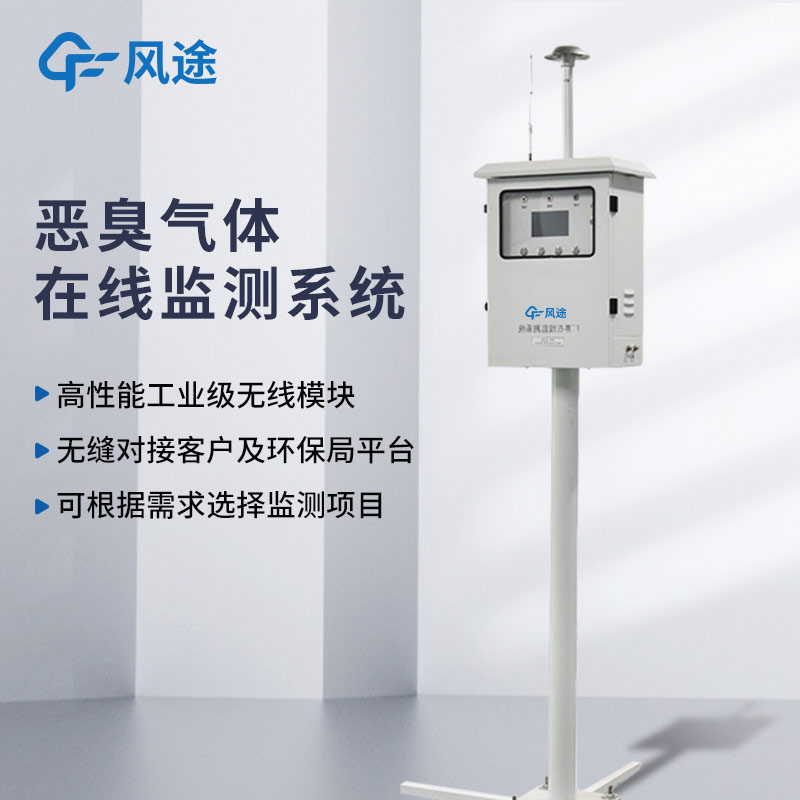Meteorological environment monitoring equipment supplier
Insist on doing high-precision customer favorite technology products
Why do chemical industrial parks have odorous gases? Because in certain industries such as painting, electronic processing, and new material processing, a large amount of process waste gas containing volatile organic compounds (VOCs) is produced. These waste gases may contain substances with characteristic odors such as ethyl acetate, halogenated hydrocarbons, benzene series, butanone, and hexane. If the enterprise's end treatment fails to meet standards or source control is inadequate, these gases will escape, polluting human sense of smell and even endangering health.
Odorous gases are not a single substance, but a mixture composed of multiple compounds with pungent odors.
By simulating human olfactory perception, "odor concentration" (unit: dimensionless, OU/m³) is used to measure the overall odor level of mixed gases, reflecting the stimulation level of pollutants on human senses, which is the core indicator for odor pollution evaluation.
A complete Odor Online Monitor consists of three parts: front-end monitoring unit, data transmission unit, and back-end data platform.
The FT-EC09A Odor Online Monitor is a device used for real-time monitoring of environmental odorous gases. It can continuously monitor multiple odorous pollutants 24 hours a day and supports remote data transmission and intelligent early warning. This system is widely used in garbage disposal sites, sewage treatment plants, chemical industrial parks and other places that need to monitor odor pollution.
It integrates multiple types of sensors including metal oxide sensors (MOS), PID photoion detectors, and electrochemical sensors, capable of continuous or intermittent 24-hour monitoring of OU values and multiple specific odorous gases (ammonia, styrene, hydrogen sulfide, VOCs, trimethylamine, methyl sulfide, methyl mercaptan, dimethyl disulfide, carbon disulfide, etc.).
Sensors can be individually plugged, calibrated and replaced, supporting remote firmware upgrades, reducing the difficulty and cost of later maintenance.
Monitoring data can be transmitted via 4G wireless, wired 485, etc., and can be directly uploaded to environmental protection platforms or enterprise's own monitoring centers.
Users can view monitoring data in real-time through computer webpages or mobile apps.
The system supports over-limit alarm function. When the monitored gas concentration exceeds the preset threshold, an alarm will be triggered to promptly remind management personnel.
With a pole-mounted design, it is connected to lightning rods and grounding devices, with a waterproof rating of IP53 or above, capable of adapting to harsh outdoor environments.
